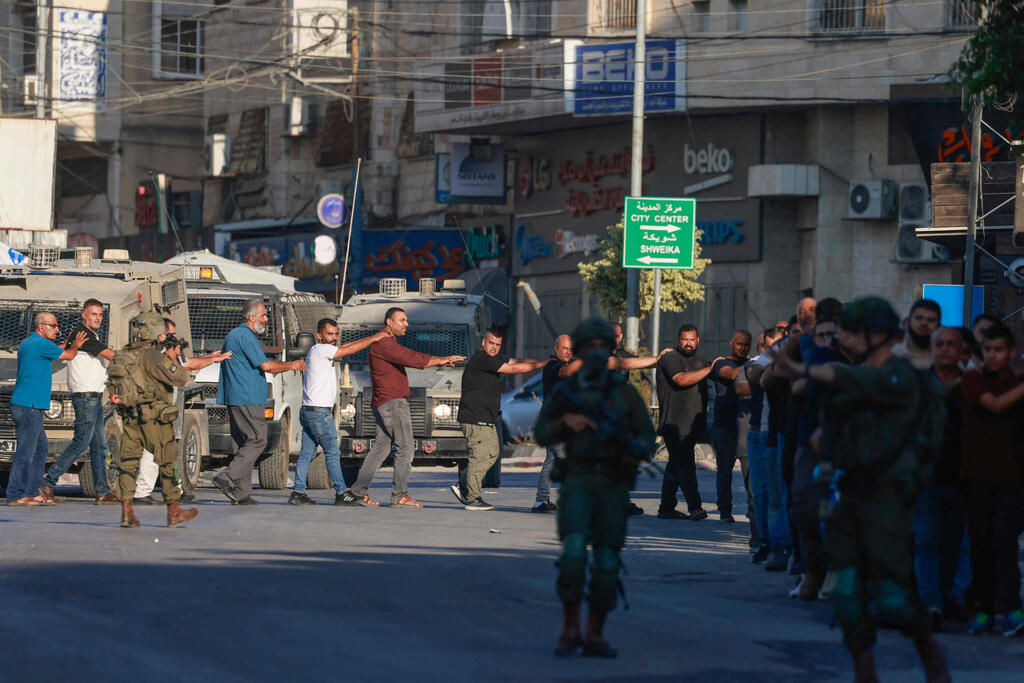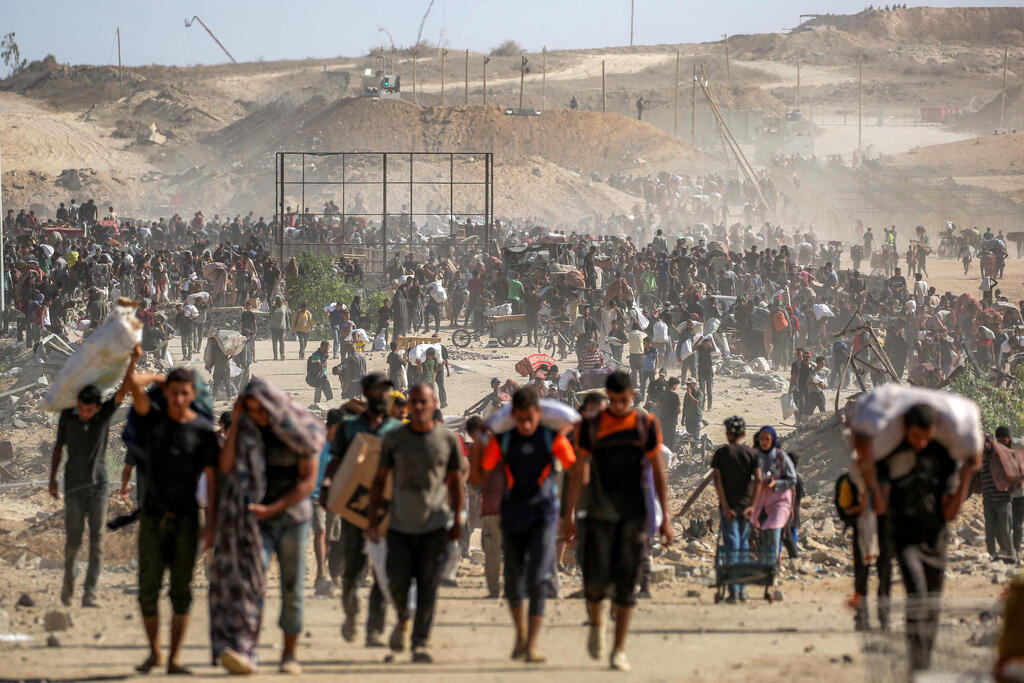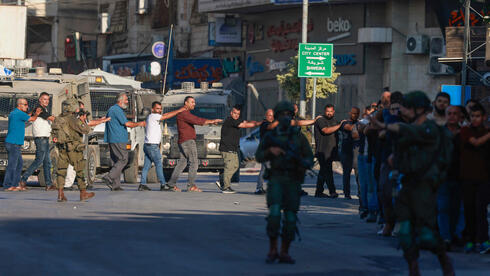Officials say recent incidents show familiar warning signs: assailants operating without organizational backing, funding or foreign direction, using knives, improvised firearms or cars close to their homes. The emerging pattern recalls the “individual attacker” violence that erupted in September 2015 and left 27 people dead and more than 200 wounded before eventually being suppressed in late 2016.
Projectile launched near Ramallah


Defense leaders insist the situation today is more stable than it was a decade ago, pointing to ongoing Israeli military operations across the West Bank and tighter coordination between the army, police and the Shin Bet internal security agency. But they warn that the sequence of recent attacks — four major incidents in less than a month — underscores how quickly events can escalate.
The streak began earlier this month with a shooting in Jerusalem’s Ramot neighborhood, where two gunmen from the nearby villages of Qatana and Qubeiba opened fire with improvised weapons, killing six Israelis. Ten days later at the Allenby Bridge crossing to Jordan, a Jordanian aid-truck driver armed with a pistol shot and killed two Israeli soldiers at close range.
Another 10 days later, a Palestinian from Nablus attempted a car-ramming attack at the Git Junction, accelerating his vehicle toward an army patrol. One soldier tried to stop him, while another opened fire and accidentally killed his comrade.
On Sunday, a Palestinian from the village of Beit Fajjar, south of Bethlehem, rammed his vehicle into two teenagers near the al-Khader junction south of Jerusalem, wounding both. In each case, the attackers acted independently, without handlers or a command structure, security officials said.
The 2015–2016 wave of lone wolf violence was fueled by religious tensions over the Temple Mount, known to Muslims as the Noble Sanctuary, home to the al-Aqsa Mosque. Riots and clashes spilled into widespread violence, with young Palestinians inspired by social media or incitement carrying out dozens of spontaneous attacks.
Back then, Israeli forces took months to adapt. Once they did, they expanded raids in villages, cracked down on incitement, made thousands of arrests and introduced deterrence measures such as demolishing attackers’ homes. The combination, along with reduced tensions in Jerusalem, eventually quieted the violence.
“This is not yet a wave like we saw 10 years ago,” a senior officer said. “But it is a dangerous sequence of attacks, and the concern of escalation is very real.”
In the past year, Central Command under Maj. Gen. Avi Blot has launched broad campaigns across northern West Bank refugee camps such as Jenin, Nur Shams and Tulkarm. The army has demolished dozens of structures, widened roads and stationed troops inside camps for extended periods — a physical presence officials say boosts deterrence and limits terrorists’ freedom of movement.
2 View gallery


IDF arrests in Tulkarm
(Photo: Jaafar ASHTIYEH / AFP)
The Shin Bet has also foiled dozens of plots, including a cell accused of planning to assassinate National Security Minister Itamar Ben-Gvir, another that produced rockets near Ramallah, and networks preparing explosives and car bombs.
Meanwhile, the West Bank police district under Cmdr. Moshe Pinchi has prioritized weapons seizures, arguing that firearms in criminal hands can easily reach terrorists.
Officials have also accelerated punitive demolitions. Within days of the Ramot shooting, the homes of the two gunmen were sealed, and one was destroyed within weeks — a shorter timetable than in the past that commanders say increases deterrence.
Beyond the attacks themselves, the security climate is affected by broader factors. The Jewish holiday season and the Palestinian olive harvest, which often sparks friction between settlers and farmers, are beginning. Images of destruction from the war in Gaza are also fueling anger in Palestinian communities.
2 View gallery


Refugees in central Gaza
(Photo: Eyad BABA / AFP)
Political uncertainty adds to the tension. Discussions in Israel about possible annexation of West Bank territory, as well as U.S. diplomatic maneuvers under President Donald Trump’s administration, remain a backdrop to the unrest.
Senior officers liken the current situation to coffee boiling in a pot — manageable if carefully watched, but quick to spill over if neglected. They stress that while the recent surge does not yet amount to a full wave of terrorism, the risk of escalation is serious.
For Israel’s defense establishment, the challenge is to stop the chain of attacks before it hardens into a pattern — and to do so before the country marks a grim anniversary of the lone wolf violence that claimed so many lives a decade ago.

